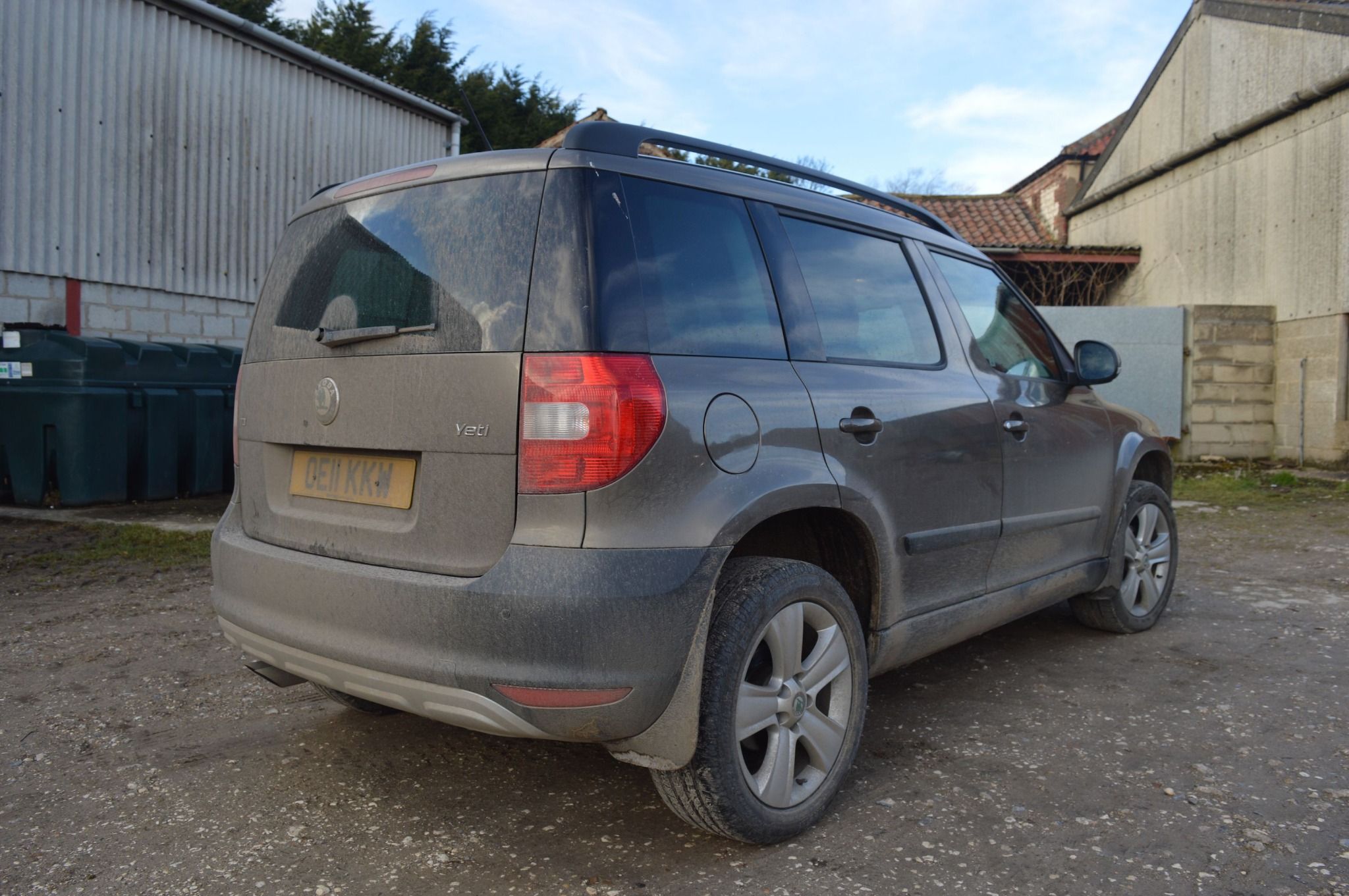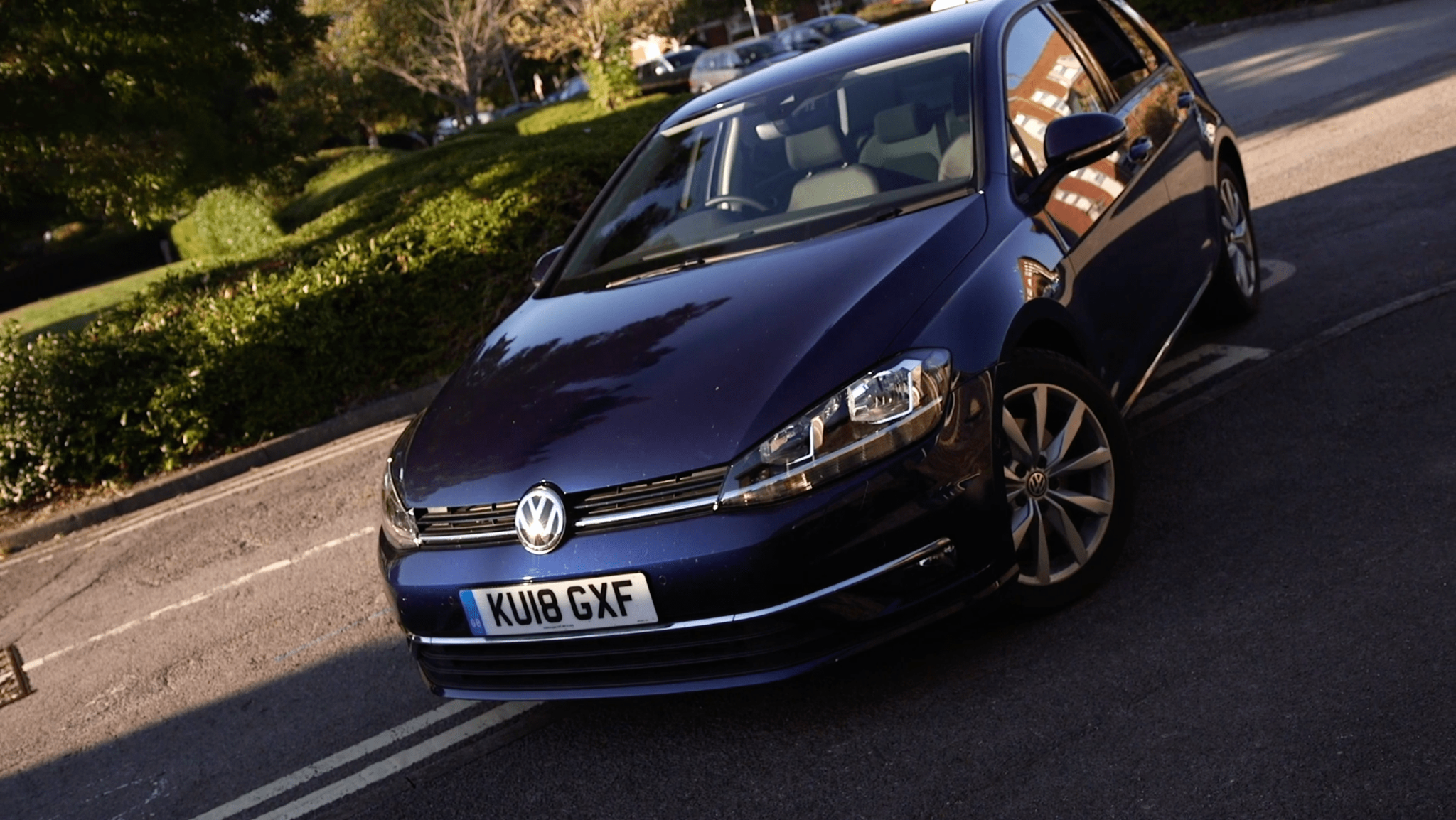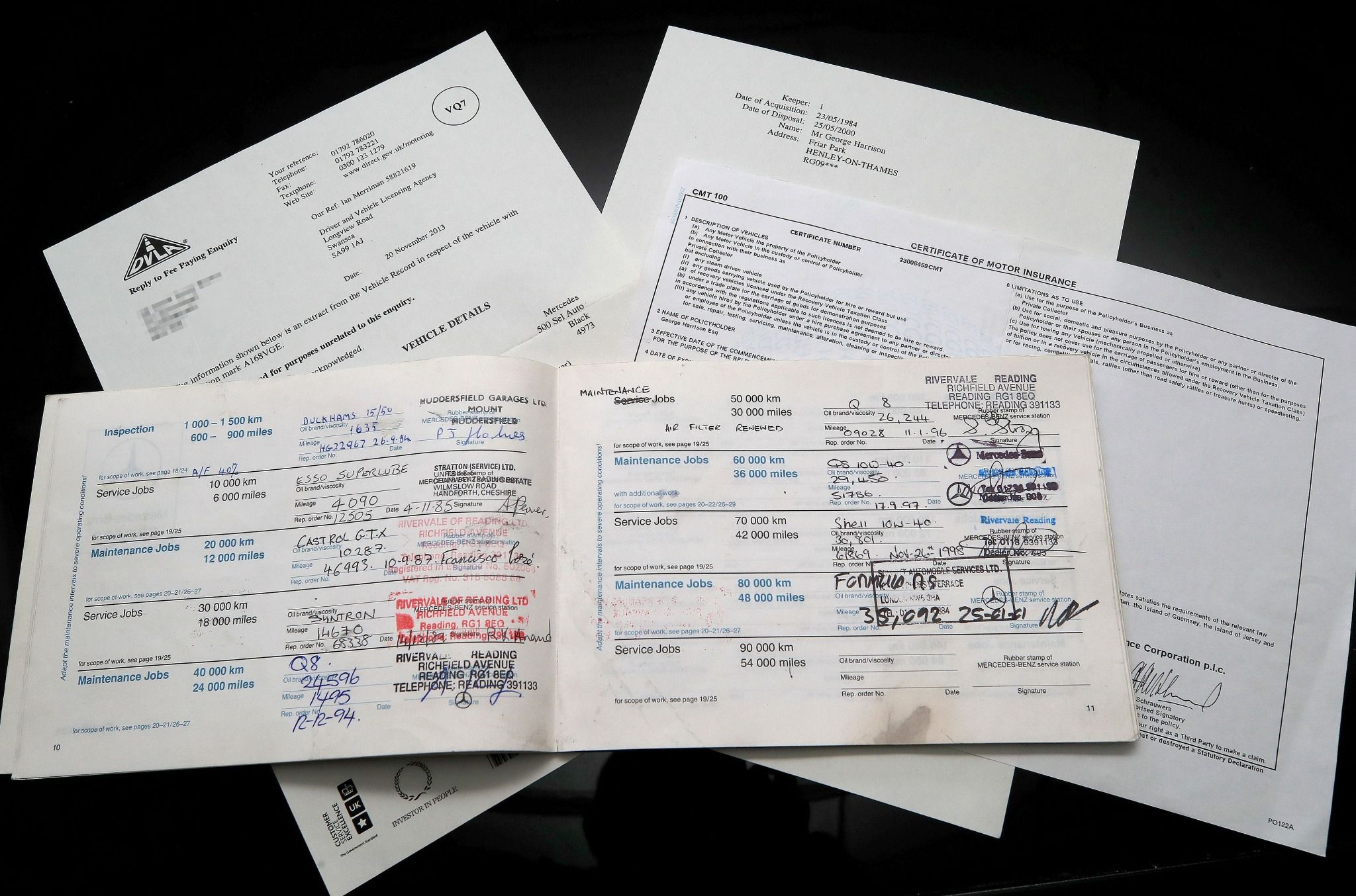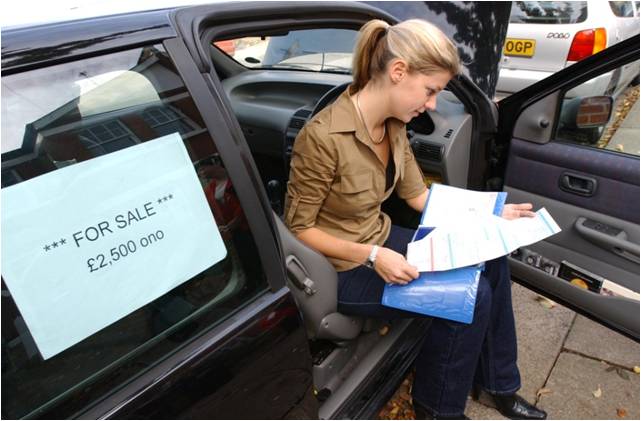So, you’ve decided to sell your car – and as you don’t mind putting in a bit of extra work in order to achieve the best price, you’ve decided to list it privately rather than trading-in to a used car dealer or using an online buying service.
But you won’t get the best price for your car without some real effort, and there are some habits you should adhere to when putting your car up for sale. After all, your advert is the first thing a potential buyer will see – so make it a good one.

Prepare the car
First of all, no matter if it’s a £500 banger or a £50,000 luxury limo, your car deserves a clean before being listed for sale.
Depending on the condition of your car, you can get pretty in-depth into this process. At the bare minimum we’d suggest vacuuming the inside, washing and shampooing the exterior (using the appropriate products and tools) while also cleaning the wheels. Some messes are beyond that, though, and will require targeted cleaning products.
We’d also suggest trying your best to remove any stains on the interior – they could be a real turn-off to potential buyers.
Take good photographs
List your car with a blurry photo of the rear three-quarter panel and you’re very unlikely to receive many calls about it. Potential buyers want to see absolutely everything, so take your time and make sure you’re picturing your advert with the best possible photos.
First, make sure the car’s clean, then park it in good light – ideally out of direct sunlight to prevent reflections. Then, get snapping! At a minimum, buyers will want to see the exterior of car from the front, rear, and all four three-quarter angles. You should take pictures of the dashboard, front and rear seats, and boot.
Next, you’ll want to capture detail shots. Focus on any issues with the car – a buyer isn’t going to trust you if you purposefully conceal that massive dent on the rear door. A picture of the engine bay is good to have too, and photos of any kerbing on the wheels is also preferred. As a final peace of mind, it’s good practice to photograph the mileage on the dashboard.
If you have a great camera, then use it, but most modern smartphones will have good enough cameras to take perfectly serviceable pictures for car adverts. However, if you are using a phone, make sure you’re using it in landscape orientation for the best results.


Research
Before you write your ad, take a moment to research – both the model you’re selling and your specific car. You should collect up any paperwork, including ownership documents and particularly service history, and start checking through.
It’s an offence not to disclose whether a car has had significant work done to it, so check through old invoices and service records – particularly if the car had a life before your ownership too.
Does your particular car have any desirable options fitted to it, such as a sunroof, metallic paint or heated seats? Mention them. Does it have a full service history, or only partial? Has it had regular maintenance done recently, such as a cambelt change? What condition are the tyres in? Any non-standard modifications?
Familiarise yourself with everything – not only will you be able to write a more detailed advert, you’ll be able to answer any questions potential buyers may have.
Writing the ad
Resist the temptation to regress back to GCSE level creative writing and stick to the facts. Buyers want to know as much information about the car in as short a time as possible, but they also want to be reassured that they’re buying the car from an owner who’s responsible. A good first impression pays.
With that in mind, consider writing a short introduction detailing the car in brief, your history with it, and your reason for sale. Then, list the remaining features in bullet points.
Listing your ad
A wide-spread net catches more fish, so list your ad in several places to ensure it gets seen. With that being said, make sure you’re using appropriate websites – a 2008 Nissan Micra doesn’t belong on a classic car website, and your Chrysler Grand Voyager will not be appreciated on the classifieds page of the Porsche Owner’s Club.
Finally, be engaged with your advert. Respond to potential buyers quickly and fairly, and if any changes need to be made, do so quickly and accurately.
At the end of all this, you should be able to bag a healthy sum for your used car – more than you’d get from a trade-in or buying service. Enjoy your extra cash!

It’s absolutely essential to include:
- The car’s year
- Specific mileage (if the car’s still in use, mention the mileage will increase)
- Service history details
- Number of owners
- Colour (in plain English – most of the time, the manufacturer shade is meaningless)
- List of equipment
- Price
- Location
- Contact details
Avoid abbreviations unless you’re using a site with a limited word count. Don’t use clichés, either – nobody cares if it’s had ‘one careful lady owner’ and ‘first to see will buy’ is wishful thinking rather than fact. Buyers know all of these trite expressions and it will make your ad look insincere.